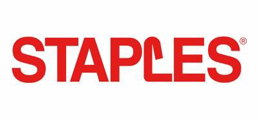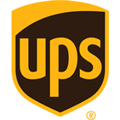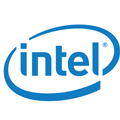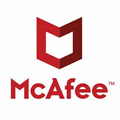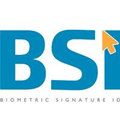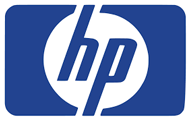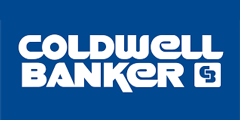Online Data less safe than ever
It’ll get worse before it gets better: online data safety. It’s amazing how many people think they’re “safe” online, while one huge business or entity after another keeps getting hacked to the bone.
 And “safety” doesn’t necessarily mean the prevention of your computer getting infected with a virus, or falling for an online scam that results in someone getting your credit card information. It’s also a matter of privacy. While targeted advertising (based on websites you’ve visited) may seem harmless, it’s the benign end of the continuum—that someone out there is tracking you.
And “safety” doesn’t necessarily mean the prevention of your computer getting infected with a virus, or falling for an online scam that results in someone getting your credit card information. It’s also a matter of privacy. While targeted advertising (based on websites you’ve visited) may seem harmless, it’s the benign end of the continuum—that someone out there is tracking you.
So, do you still think you’re hack-proof?
That you can’t be fooled or lured? That your devices’ security is impenetrable? That you know how to use your device so that nobody can get ahold of your sensitive information?
Consider the following entities that got hacked. They have cyber security teams, yet still fell victim:
- Yahoo! Mail
- Adobe
- Dropbox
- Sony
- Target
You may think the hacking is their problem, but what makes you believe that the service you use is immune? Are you even familiar with its security measures? That aside, consider this: You can bet that some of your personal information is obtainable by the wrong hands—if it already isn’t in the wrong hands.
Are you absolutely sure this can’t possibly be? After all, you’re just a third-year med student or recent college grad looking for work, or housewife with a few kids…just an average Joe or Jane…and you use the Internet strictly for keeping up with the news, keeping up with friends and family on social media, using e-mail…innocent stuff, right?
You’ve never even posted so much as a picture online and say you don’t use a credit card online either.
- But hey, if your passwords aren’t strong, this ALONE qualifies you as a potential hacking victim.
- So, what is your password? Is it something like Bunny123? Does it contain your name or the name of a sport? Keyboard sequences? The name of a well-known place? The name of a rock band?
- Do you use this password for more than one account? That gets tacked onto your risks of getting hacked.
- You need not be someone famous to get hacked; just someone who gets lured into filling out a form that wants your bank account number, credit card number, birthdate or some other vital data.
- If you just ordered something from Amazon, and the next day you receive a message from Amazon with a subject line relating to your order…did you know that this could be from a scammer who sent out 10,000 of these same e-mails (via automated software), and by chance, one of them reached someone at just the right time to trick you into thinking it’s authentic?
- People who know you may want your information to get revenge, perhaps a spurned girlfriend. Don’t disqualify yourself; nobody is ever unimportant enough to be below the scammer’s radar.
- Did you know that photos you post in social media have a GPS tag? Scammers could figure out where the photo was taken. Are you announcing to all your FB friends about when your next vacation is? Did you know a burglar might read your post, then plan his robbery? Between the GPS tags and your vacation dates…you’re screwed.
Well, you can’t live in a bubble and be antisocial, right? Well, it’s like driving a car. You know there are tons of accidents every day, but you still drive. Yet at the same time, if you’re halfway reasonable, you’ll take precautions such as wearing a seatbelt and not driving closely behind someone on the highway.
Most of your fate is in your hands. And this applies to your online safety. You won’t be 100 percent immune from the bad cyber guys, just like you’re not 100 percent immune from a car wreck. But taking precautions and having the right tools really make a tremendous difference.
Robert Siciliano is an identity theft expert to BestIDTheftCompanys.com discussing identity theft prevention.












